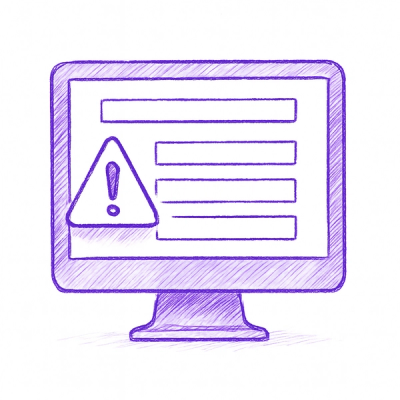
Security News
npm ‘is’ Package Hijacked in Expanding Supply Chain Attack
The ongoing npm phishing campaign escalates as attackers hijack the popular 'is' package, embedding malware in multiple versions.
@deepstructure/cli
Advanced tools
The ds CLI tool streamlines the development, deployment, and management of applications on the DeepStructure Cloud platform.
To start using ds, you must have node.js and npm installed. You can use npx to run the latest version without needing to install it globally on your system. This approach ensures you're always using the most up-to-date version of the tool.
npx @deepstructure/cli@latest <command>
We recommend installing ds locally in your DeepStructure projects, which is done for you automatically when you use create-deepstructure-app.
npm install --save-dev @deepstructure/cli
Doing so will mean that your npm scripts can use the ds command directly from node_modules/:
"scripts": {
"deploy": "ds deploy"
"build": "ds build"
}
The following shows a typical way to use the ds command to work with a DeepStructure app, including authentication, creating an application, and deploying.
$ ds login
Using DS Cluster: prod
Please use the following link to login:
https://auth-service.deepstructure.app/auth/verify?....
✔ Login success! The CLI has a JWT :)
Selected team deepstructure.io.
$ ds app add my-ds-app
Successfully created application
Created application: {
id: '8082c2ec-37f8-4165-80cc-a0ab6c2937dd',
name: 'my-ds-app',
repo: 'git@github.com:Example/Example.git',
domain: '(not set)',
teamId: 'f0e0d40f-0e69-4b8c-858f-7a9f511a01f2',
createdAt: '2024-04-05T13:15:06.078',
updatedAt: '2024-04-05T13:15:06.078'
}
$ ds deploy
Below is a summary of the available commands and their primary functions. For detailed usage of each command, including options and examples, you can run ds <command> --help.
ds app add [name]
ds app rm [name]
ds app list
ds deploy
ds list [app]
ds down <id>
ds dev
.ds/ directory.
ds build
ds env set <name> <value>
ds env unset <name>
ds env list
ds secret set <name> <value>
ds secret unset <name>
ds secret list
ds login
ds team
ds logs
ds shell
FAQs
Command line interface to the DeepStructure platform
The npm package @deepstructure/cli receives a total of 0 weekly downloads. As such, @deepstructure/cli popularity was classified as not popular.
We found that @deepstructure/cli demonstrated a healthy version release cadence and project activity because the last version was released less than a year ago. It has 2 open source maintainers collaborating on the project.
Did you know?

Socket for GitHub automatically highlights issues in each pull request and monitors the health of all your open source dependencies. Discover the contents of your packages and block harmful activity before you install or update your dependencies.

Security News
The ongoing npm phishing campaign escalates as attackers hijack the popular 'is' package, embedding malware in multiple versions.

Security News
A critical flaw in the popular npm form-data package could allow HTTP parameter pollution, affecting millions of projects until patched versions are adopted.

Security News
Bun 1.2.19 introduces isolated installs for smoother monorepo workflows, along with performance boosts, new tooling, and key compatibility fixes.